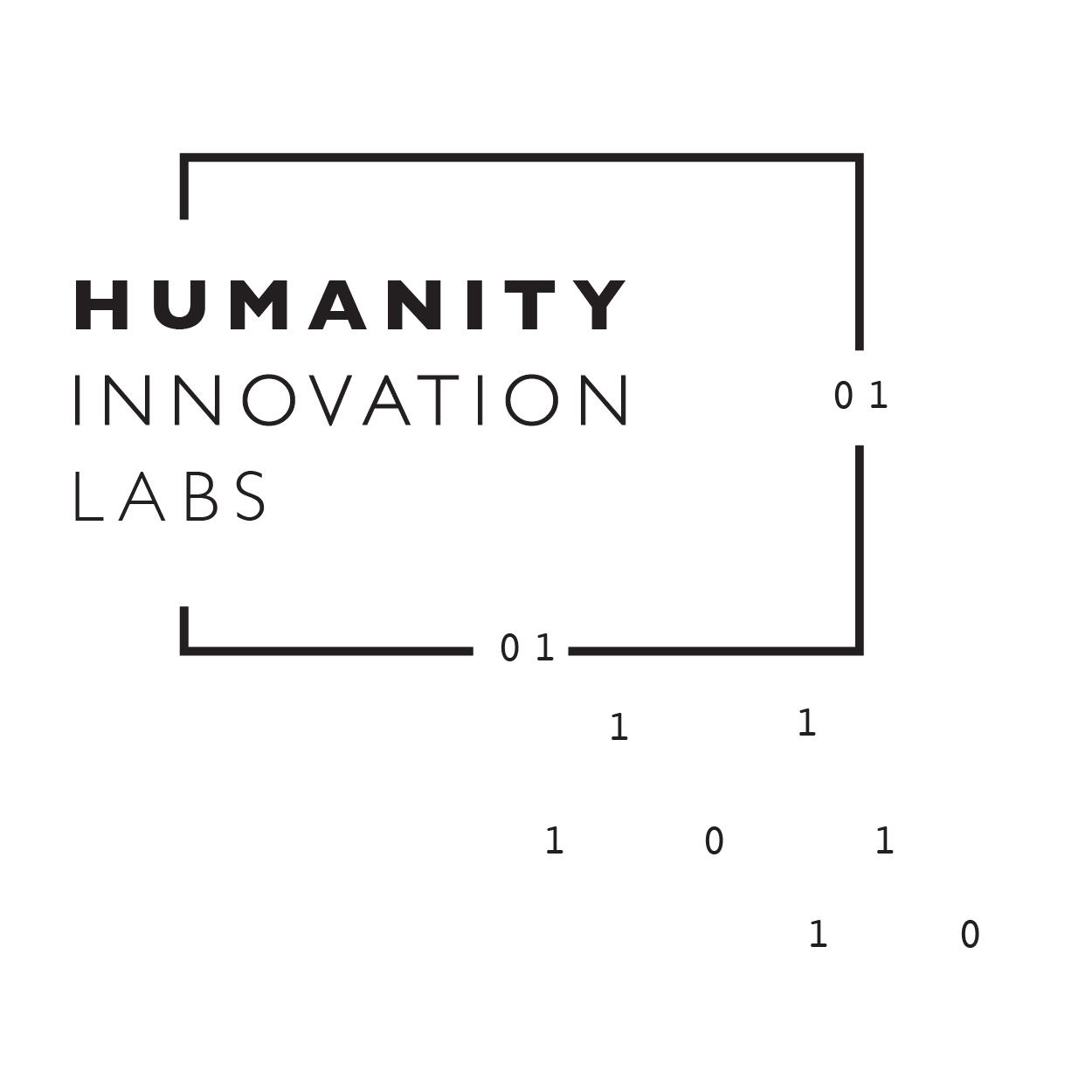Principles for Integrating People and Technology
Humanity Innovation Labs celebrates our 8th year in business marking another year of relentless pursuit in enhancing the human experience through groundbreaking advancements. As we reflect on our journey, we find it crucial to delve into the principles that guide us in the responsible and ethical use of technology to augment the human body.
1. Ethical Considerations Embracing technological augmentation demands an unwavering commitment to ethical principles. Respect for autonomy, informed consent, and privacy are non-negotiable foundations. We prioritize ensuring that individuals have control over the augmentation processes, guaranteeing that their choices align with their values.
2. Inclusivity and Accessibility Our mission is to make technological augmentation accessible to all, transcending barriers of socioeconomic status or geographical location. We strive for inclusivity, ensuring that the benefits of augmentation are available to diverse populations, fostering a more equitable future.
3. Safety First The safety of individuals undergoing technological augmentation is paramount. Rigorous testing, adherence to regulatory standards, and continuous monitoring of advancements are integral to prevent unintended consequences and minimize risks associated with these technologies.
4. Continuous Research and Development We are committed to staying at the forefront of scientific and technological developments. Continuous research allows us to refine existing technologies, explore new possibilities, and address emerging challenges, ensuring that our innovations remain cutting-edge and beneficial to humanity.
5. Collaboration and Interdisciplinary Approach Augmenting the human body requires a collaborative effort. We actively engage with experts from various fields, fostering an interdisciplinary approach that combines expertise in medicine, engineering, ethics, and more. This ensures a holistic perspective on the impact of our innovations.
6. Transparency and Education We believe in transparency as a means to build trust with the public. Through open communication, we educate individuals about the potential benefits and risks of technological augmentation. Informed decision-making is a shared responsibility between us and those seeking augmentation.
7. Environmental Responsibility As stewards of innovation, we recognize the environmental impact of our activities. Sustainable practices and considerations are embedded in our processes to minimize ecological footprints associated with technological augmentation.
8. Human-Centric Design Our approach to innovation revolves around the concept of human-centric design. Technologies should enhance human capabilities, improve quality of life, and adapt to individual needs, rather than imposing a one-size-fits-all solution.
9. Cultural Sensitivity Acknowledging the diversity of cultures and belief systems is crucial. We respect individual choices shaped by cultural contexts and work to ensure that technological augmentation aligns with a myriad of values without imposing a singular perspective.
10. Long-Term Impact Assessment We take a forward-looking approach, considering the long-term impact of technological augmentation on individuals and society. Regular assessments help us adapt our strategies to ensure that the benefits of our innovations far outweigh any potential drawbacks.
As we celebrate our upcoming anniversary, these principles guide us in our commitment to responsible and ethical technological augmentation. Through innovation grounded in humanity, we strive to usher in a future where technology seamlessly integrates with our bodies, enriching our lives and advancing the human experience.
If you are looking for an expert who understands how to create solutions that allow people to seamlessly interact with technology, we're here to help. Schedule a consultation with our experienced team to learn more about our research and design services. Let's shape the future of technology together!

